SOURCE: IDRW.ORG.
N8SI.JPG)

India’s Guided Pinaka missile system, developed by the Defence Research and Development Organisation (DRDO), has emerged as a highly cost-effective and precision-guided artillery weapon, with a unit cost of ?70 lakh. This positions it as a competitive alternative to similar global systems like the Guided Multiple Launch Rocket System (GMLRS) Unitary round developed by Lockheed Martin, which costs approximately ?1.2 crore per unit.
When compared to Lockheed Martin’s GMLRS Unitary, the Guided Pinaka proves to be a more cost-effective solution, with the unit price being approximately 60% lower. The GMLRS Unitary round, priced at around ?1.2 crore per unit, delivers precision strike capability with a 200-pound warhead and a range exceeding 70 kilometers. The cost differential becomes even more significant considering that the Guided Pinaka, priced at ?70 lakh per unit, offers the same range and mission capabilities, making it a formidable competitor in the market.
Continue readingSOURCE: AFI
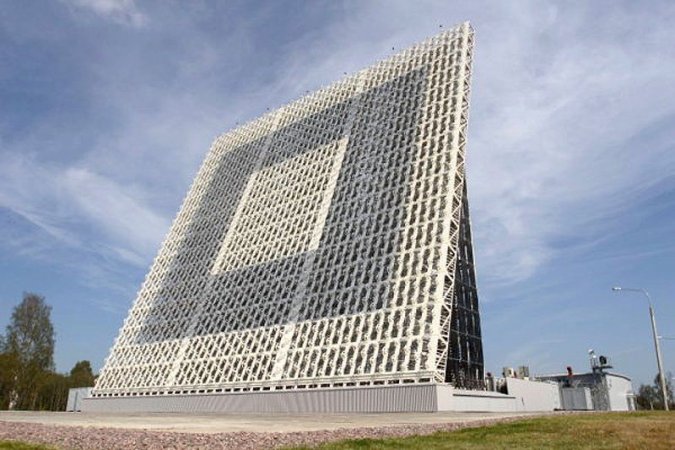

India and Russia are reportedly on the verge of finalizing a significant defense deal involving the acquisition of an advanced early warning radar system capable of detecting threats at ranges exceeding 6,000 kilometers. According to a report by The Sunday Guardian, the agreement, valued at over $4 billion, is in the advanced stages of negotiation and aligns with India’s efforts to bolster its air defense and missile tracking capabilities.
A delegation from Almaz-Antey, a leading Russian manufacturer of air defense and radar systems, recently visited India to advance the discussions. The ten-member team, led by Deputy Chairman Vladimir Medovnikov, conducted meetings in New Delhi and Bengaluru to engage with Indian offset partners who will play a key role in manufacturing and technology transfer under the “Make in India” initiative.
Continue readingSOURCE: AFI
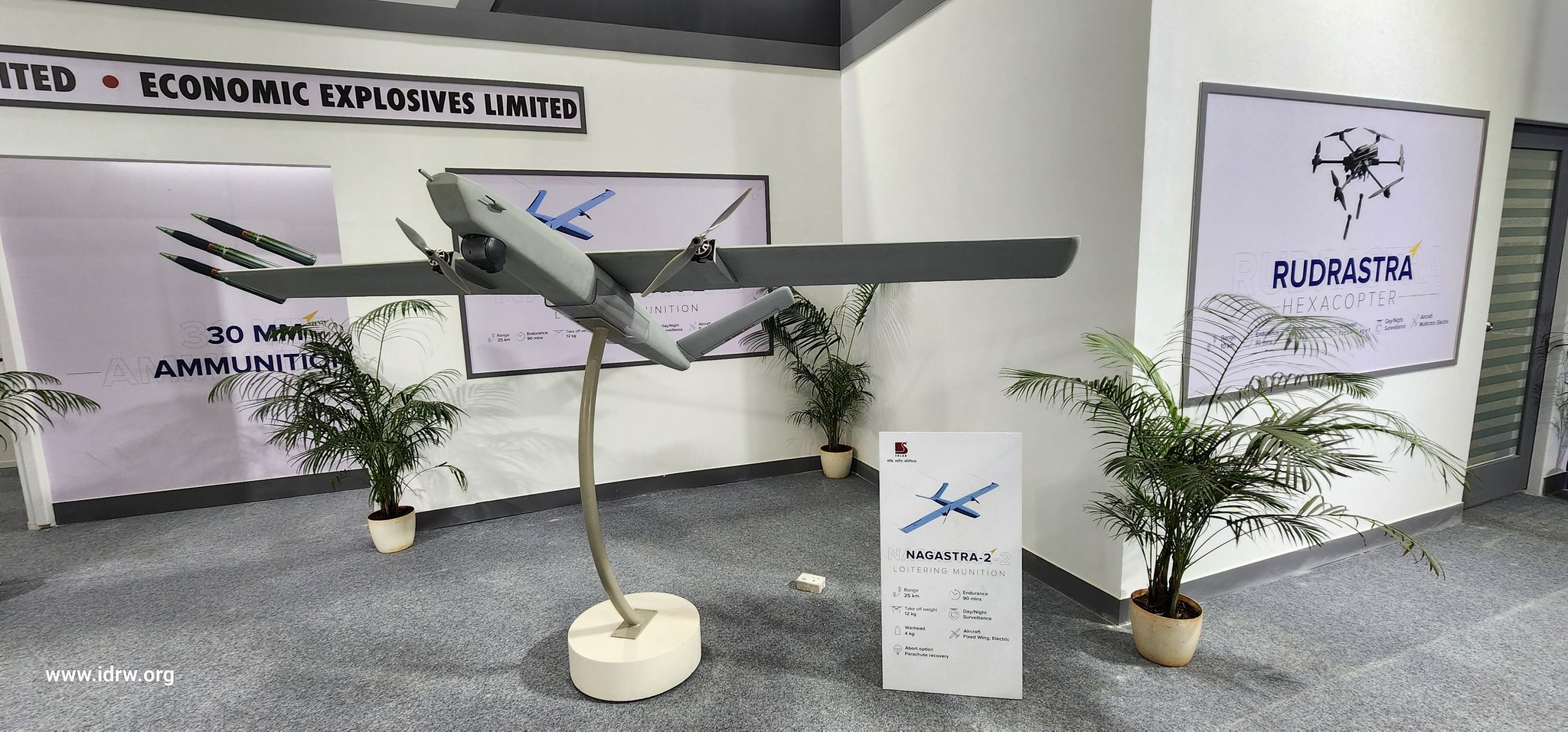

Solar Group, through its subsidiary Economic Explosives Limited (EEL), is rapidly advancing India’s capabilities in indigenous loitering munitions (LM). After successfully delivering 480 units of the Nagastra-1, the company is now accelerating its work on the Nagastra-2 and the next-generation Nagastra-3. These efforts signify India’s growing emphasis on developing advanced, self-reliant defense technologies.
The Nagastra-1, a significant milestone in India’s defense manufacturing, has already been fielded. Building on this success, EEL has finalized the design and development of the Nagastra-2, a loitering munition designed for enhanced portability and operational versatility. Weighing 20 kilograms, the Nagastra-2 is a two-man portable system equipped with a 4-kilogram anti-tank/anti-personnel warhead. The system features a portable pneumatic launcher, making it easy to deploy in diverse combat scenarios.
Continue readingSOURCE: AFI


India has taken a significant stride in bolstering its space defense capabilities by conducting its first comprehensive space defense exercise, Antariksha Abhyas 2024, held from November 11 to 13, 2024. This landmark exercise, spearheaded by the Defence Space Agency (DSA), aimed to simulate and counter evolving threats to space-based assets, which are crucial to national security.
Antariksha Abhyas 2024 marked an important milestone in India’s defense strategy. It was designed to strengthen the integration and coordination of India’s tri-services—Army, Navy, and Air Force—while aligning strategic space assets with operational frameworks. The exercise not only tested the nation’s preparedness to withstand disruptions or denials of service to space infrastructure but also offered valuable insights for future military doctrines and policy frameworks dedicated to space security.
Continue readingSOURCE: AFI
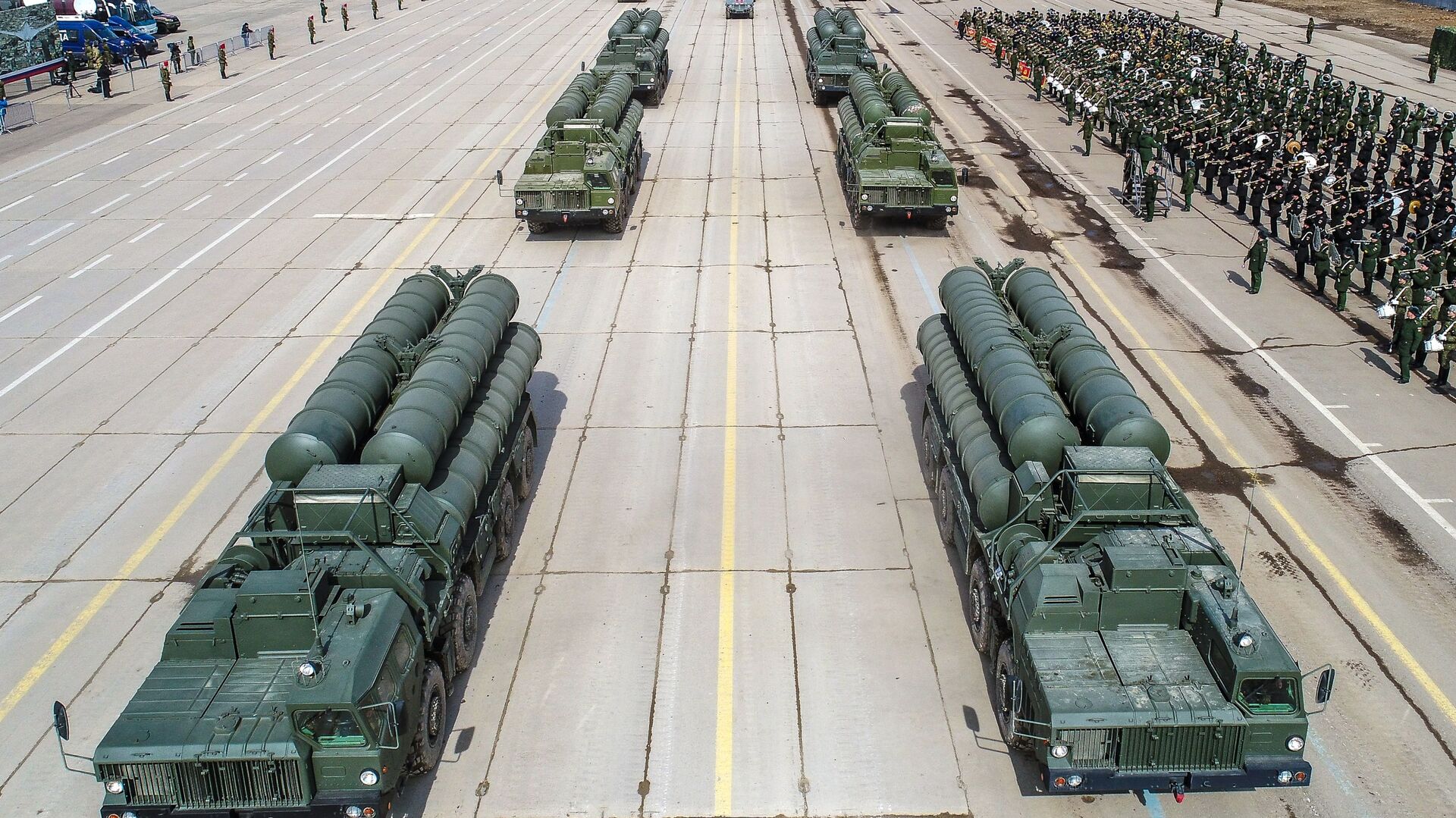

India is set to raise concerns regarding the significant delays in the delivery of the two remaining squadrons of the S-400 Triumf air defense missile systems, as well as the supply of crucial spares for several weapon platforms, during Defence Minister Rajnath Singh’s upcoming three-day visit to Russia next week. The visit, which will focus on strengthening defense ties between the two nations, comes at a time when India’s air defense capabilities are critically dependent on the timely delivery of these high-tech systems.
In 2018, India signed a landmark $5.43 billion (approximately Rs 40,000 crore) deal with Russia for the procurement of five squadrons of the S-400 Triumf air defense missile system. This deal marked a major step in India’s efforts to enhance its defense posture, especially in light of the growing security challenges along its borders with China and Pakistan.
Continue readingSOURCE: AFI


In a series of viral videos circulating on social media, retired Bangladeshi defense personnel have made provocative statements directed at India, claiming that they are “battle-ready” and capable of capturing key Indian territories like Kolkata and Assam within four days. These remarks have garnered widespread attention, raising questions about their intent and potential impact on India-Bangladesh relations.
One former soldier asserted that a core group of 5,100 personnel could achieve their stated objectives, especially if 3 million Bangladeshi citizens were to join them. In another video, a retired serviceman claimed that Bangladeshi forces are “better trained” and prepared to defend their country while teaching India a lesson.
Continue readingSOURCE: RAUNAK KUNDE / NEWS BEAT / IDRW.ORG


Russia has reportedly expressed interest in supplying an advanced turbofan engine for India’s ambitious 5.5gen Advanced Medium Combat Aircraft (AMCA) program. This offer includes a Transfer of Technology (ToT), aligning with India’s goal of boosting indigenous defence capabilities. The engine in question is the successor to the Klimov RD-33, which will incorporate fifth-generation technology from Russia’s AL-41F1S engine.
The next-generation engine, being developed by Russia’s ODK Klimov, promises key advancements tailored to meet the India’s AMCA requirements.
Continue readingSOURCE: RAUNAK KUNDE / NEWS BEAT / IDRW.ORG

Following the successful test of India’s Hypersonic Long-Range Anti-Ship Missile (LRAShM), the Defence Research and Development Organisation (DRDO) is shifting its focus to Project Dhvani, an ambitious program to develop Hypersonic Glide Vehicles (HGVs).
Based on the wave-rider configuration, this project aims to create a versatile and advanced hypersonic weapon system capable of evading sophisticated air defenses. DRDO is exploring three key HGV configurations: the Conical Body HGV, Winged Body HGV with delta wings, and Blended Body HGV. Each design brings unique strengths and challenges.
Continue readingSOURCE: RAUNAK KUNDE / NEWS BEAT / IDRW.ORG
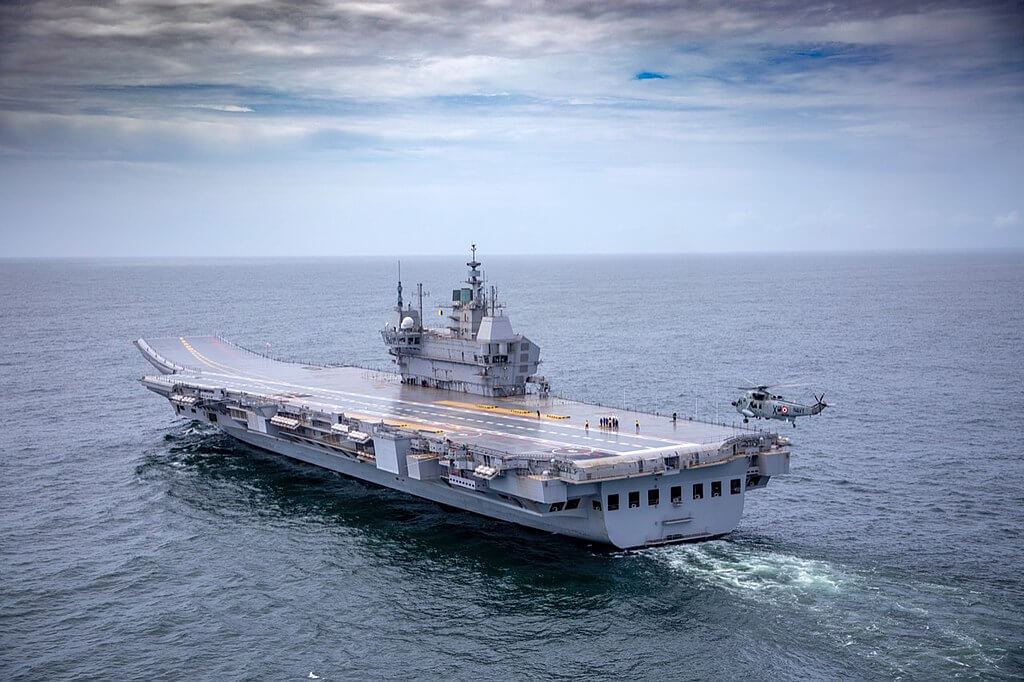

The Indian Navy, in collaboration with Cochin Shipyard Limited (CSL), is moving forward with plans to develop its second Indigenous Aircraft Carrier (IAC), following the successful induction of the INS Vikrant, the first indigenous aircraft carrier (IAC-1). The new carrier, which is still awaiting clearance from the Indian government, will build upon the lessons learned from the INS Vikrant while significantly increasing the indigenous content in its construction.
The INS Vikrant, which was commissioned into the Indian Navy in September 2022, was a major milestone for India’s naval ambitions. With an indigenous content of approximately 76%, the vessel set a precedent for future indigenously developed ships. However, the Indian Navy and CSL are now aiming for a significant improvement in the indigenous content of the second aircraft carrier. The goal is to increase the content to over 85%, with the ultimate aim of achieving 90% in stages, as part of the government’s “Make in India” initiative.
Continue readingSOURCE: AFI
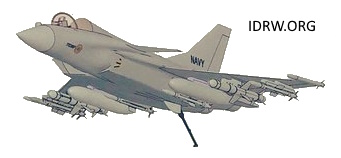

The Twin Engine Deck-Based Fighter (TEDBF) program, spearheaded by the Aeronautical Development Agency (ADA), has gained significant traction with recent approvals from the Ministry of Defence (MoD). A Cabinet Committee on Security (CCS) clearance is anticipated next year, further solidifying the program’s future. While the TEDBF is primarily designed for the Indian Navy’s aircraft carriers, it presents a compelling case for the Indian Air Force (IAF) to align with the program and reconsider its Multi-Role Fighter Aircraft (MRFA) tender for 114 jets.
The MRFA tender involves acquiring foreign jets, which would cost billions in foreign exchange and come with limited Transfer of Technology (ToT). By procuring a modified TEDBF variant, the IAF could save resources by investing in an indigenous program. With a lighter airframe and reduced landing gear requirements for ground-based operations, the aircraft could be optimized for Air Force roles.
Continue readingSOURCE: AFI
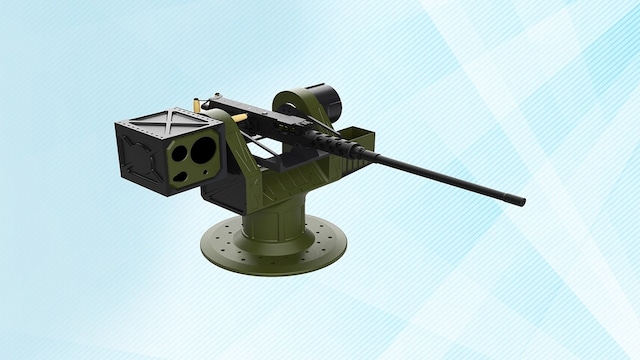

Zen Technologies Ltd has formalised a Memorandum of Understanding (MoU) with AVT Simulation, marking a crucial step in the company’s efforts to expand its operations in the U.S. market. Zen Technologies, known for its defence training and anti-drone solutions, aims to tap into the growing demand for simulation and training systems in defence sectors across the U.S.
The MoU was signed in Florida with AVT Simulation, a prominent provider of customized training systems based in Orlando, Florida. AVT Simulation brings over 25 years of experience in providing advanced training solutions for defense, government, and commercial applications. The collaboration will leverage AVT’s extensive expertise in simulation technologies to help Zen Technologies introduce its products and services to U.S. defense and security agencies, among others.
Continue readingSOURCE: AFI
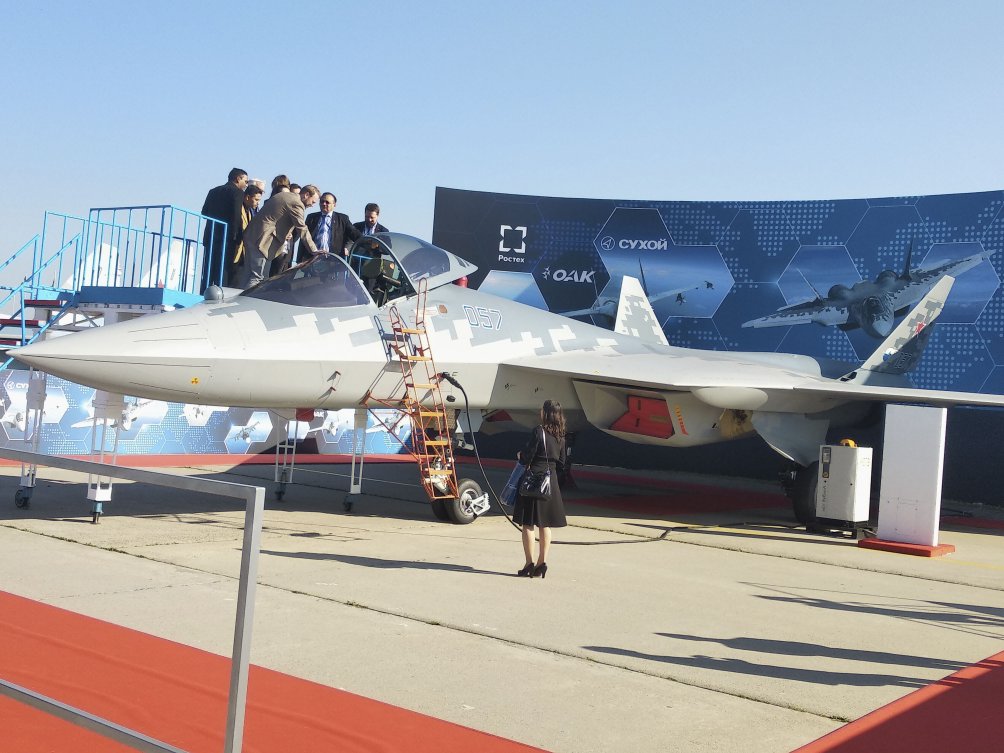

India’s pursuit of advanced fifth-generation fighter jets has taken an intriguing turn, with growing discussions around acquiring Russia’s Su-57 stealth fighter jet. Russian Media Reports indicate that India is exploring a two-seat variant of the Su-57 under the “Make in India” initiative, which could involve joint development and local production.
According to military analyst Igor Korotchenko, the Su-57 surpasses its American counterpart, the F-35, in critical areas. He also highlighted potential risks associated with American systems, such as vulnerabilities in sensitive technology that could be exploited during conflicts.
Continue readingSOURCE: AFI


Solar Industries India Ltd, a leading player in the defense and explosives sector, has announced a significant export contract worth ?2,039 crore (approximately $240 million) for the supply of defense products. The deliveries under this agreement will span the next four years, marking a major milestone in the company’s international growth trajectory.
In a regulatory filing, the company stated, “We are pleased to share that our company, Solar Industries India Limited and its subsidiary have received export orders worth ?2,039 crore for the supply of defense products, to be delivered over a period of four years.”
Continue readingSOURCE: IDRW.ORG.


The second India-UK 2+2 Foreign and Defence Dialogue concluded today in New Delhi, fostering closer ties between the two nations. The meeting was co-chaired by Indian officials Piyush Srivastava and Vishwesh Negi, alongside their UK counterparts Ben Mellor and Shimon Fhima. Among the significant developments, the UK expressed strong support for Rolls Royce’s proposal to collaborate with India’s Gas Turbine Research Establishment (GTRE) on developing a 6th-generation jet engine for India’s Advanced Medium Combat Aircraft (AMCA) program.
India’s ambitious AMCA project, a 5.5-generation stealth fighter jet program, requires a 110kN class engine to meet its performance and stealth requirements. Rolls Royce, renowned for its expertise in aviation propulsion systems, seeks to co-develop this next-generation engine, enhancing India’s defense manufacturing capabilities under the “Make in India” initiative. The proposed collaboration aligns with India’s search for an international partner to support its indigenous technological advancements.
Continue readingSOURCE: IDRW.ORG.


The Indian Navy is set to rely on its MiG-29K fleet as the primary carrier-based fighter aircraft until the Twin Engine Deck-Based Fighter (TEDBF) enters service around 2035. This decision highlights the Navy’s approach to maintaining operational readiness while bridging the gap to the future generation of indigenous carrier-based fighter aircraft.
The MiG-29K, a naval variant of the Russian-origin MiG-29, serves as the backbone of the Indian Navy’s air wing. Operating from INS Vikramaditya and the newly commissioned INS Vikrant, these aircraft are crucial for fleet defense, air superiority, and strike missions. Despite facing criticism over maintenance issues and reliability concerns, the Navy has undertaken several measures to enhance the fleet’s availability and performance.
Continue reading